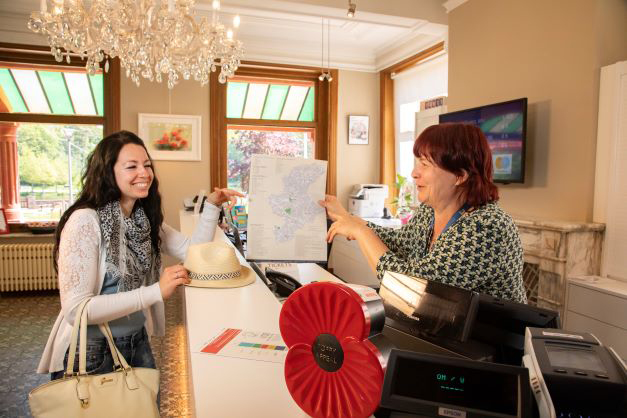Architect Huib Hoste (1881-1957) can be seen as a pioneer of modernism in Belgium. Born in Bruges as Hubert Leon Bruno Jean Marie Hoste, he grew up in a traditional French-speaking and strict Catholic milieu. Neo-Gothicism and eclecticism characterise his formative years. However, he falls under the spell of Dutch modernist architecture. During his exile in the Netherlands during the war, he designs the Belgenmonument in Amersfoort in 1917, a memorial as a thank-you to the Netherlands for the Belgian refugees. He introduced cubist design to Belgian architecture. New materials such as glass, steel and concrete become essential here.
International fame
He achieved international fame in the 1920s. His realisations reach both domestic and foreign magazines. Just when his career takes off, a fatal accident occurs on a construction site in Bruges. He is reinstated for this in 1936, but his career sputters. Hoste moves to Antwerp and remains true to his ideals, but never regains the same recognition. In the 1950s, he works and lives in Hove. He dies there in 1957 and is still buried there in the commune’s honorific.
Reconstruction after WWI
After World War I, Huib Hoste was appointed architect and urbanist in 1919 to oversee the reconstruction of Zonnebeke, among other places. He is also active in Beselare, Geluveld, Geluwe and Wervik. In Zonnebeke, he eventually designed a church with presbytery, the municipal school with director’s house and a row of houses in Roeselarestraat.
The presbytery will be built in 1922. Hoste envisages a cubist, modernist building. When the presbytery is finished, construction of the new Church of Our Lady is already underway. Only in 1923 was the structural work completed and the roof begun. After the choir threatens to collapse, iron tie rods are installed to ensure the stability of the building.
Fatal accident
In April 1924, a fatal accident takes place in the church tower outside working hours, killing six people. Hoste leaves the construction site early after the accident and a dispute with the municipality. The abandonment also translates into the interior. The parish priest has the rest of the interior done by others, completely against Hoste’s plans. The building is considered Belgium’s first modernist church.








